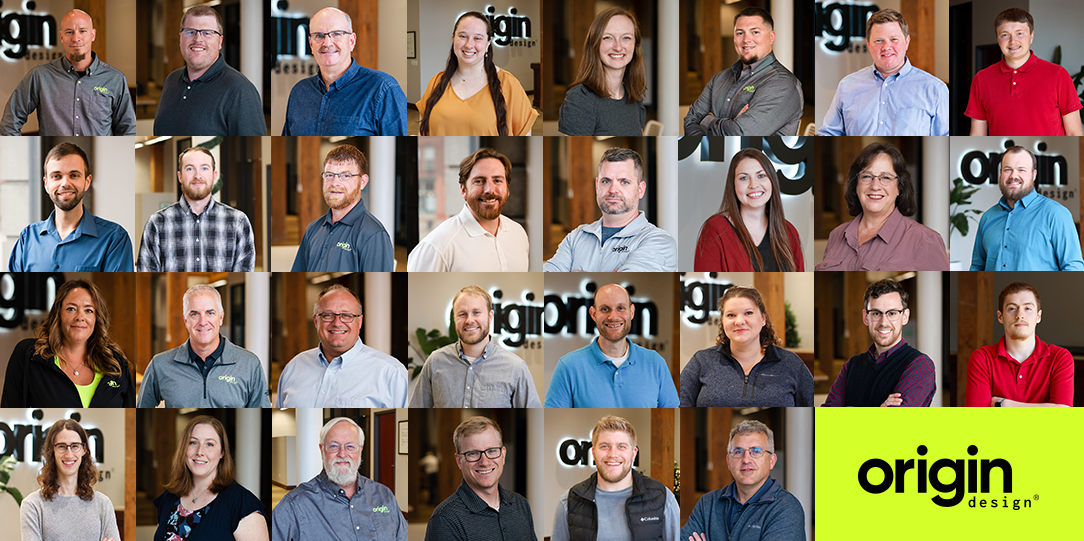Routine bridge inspections are an essential part of infrastructure management for our clients, ranging from small municipalities to large counties.
Routine bridge inspections are an essential part of infrastructure management for our clients, ranging from small municipalities to large counties.
Typically, publicly-owned vehicular bridges over twenty feet must be inspected biennially and the information documented with the Federal Highway Administration to remain in compliance with the National Bridge Inspection Standards (NBIS). The primary purpose of NBIS is to locate and evaluate bridge deficiencies to ensure public safety while traveling them.
While not required by NBIS, thorough inspections of privately-owned structures and pedestrian bridges can provide owners crucial information related to their condition and safety.
Bridge Evaluation Services and Alternative Access Techniques
Origin Design routinely performs in-service bridge evaluation services, including in-depth, fracture critical, and underwater bridge inspections; load rating analyses for vehicles; maintenance and rehabilitation recommendations; and advising bridge owners on steps necessary to maintain current structures and plan for future bridges.
Origin Design performs bridge inspections utilizing a combination of both traditional and rope access techniques on various structure types.
Incorporating rope access techniques allows for the thorough inspection of structures without the use of expensive and invasive traditional access equipment, including barges, lifts, scaffolding, or snooper vehicles. This reduces both inspection costs and traffic impacts or lane closures. In addition, critical areas of pedestrian and vehicular bridges can be closely examined without removing deck or rail member, which is traditionally required when performing in-depth inspections.
There have been many instances where rope access has been beneficial to use, not only due to cost, but due to bridge location. Often times, bridges have limited access which makes traditional inspection methods difficult or off limits. An example is a pedestrian bridge located on a hiking trail. In this case, and many others, rope access can provide efficient and timely inspection when access is limited.
Origin Design has successfully worked with many local public agencies to deliver comprehensive bridge inspection information and maintenance recommendations to effectively manage their bridge assets with both traditional and non-traditional techniques.
















